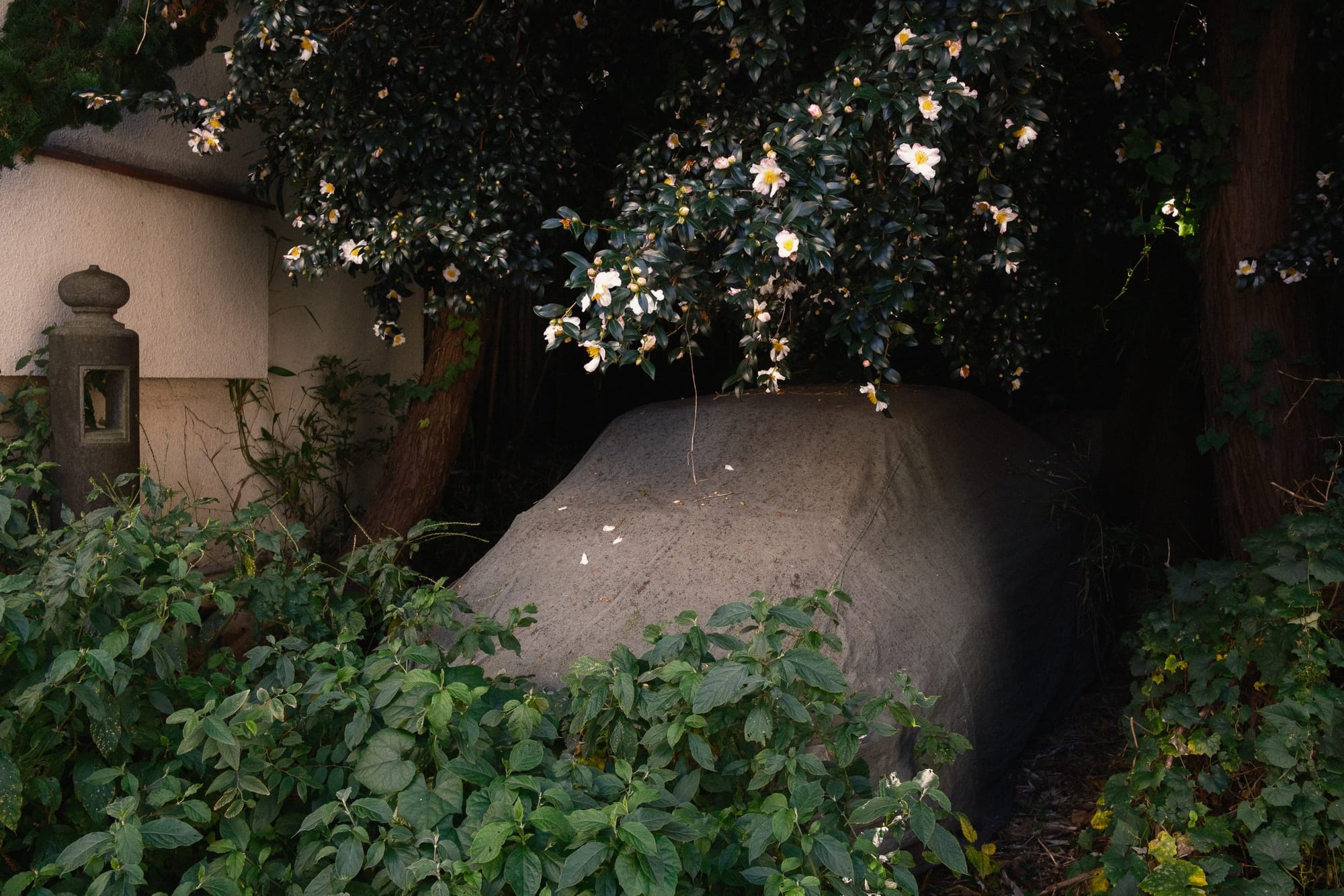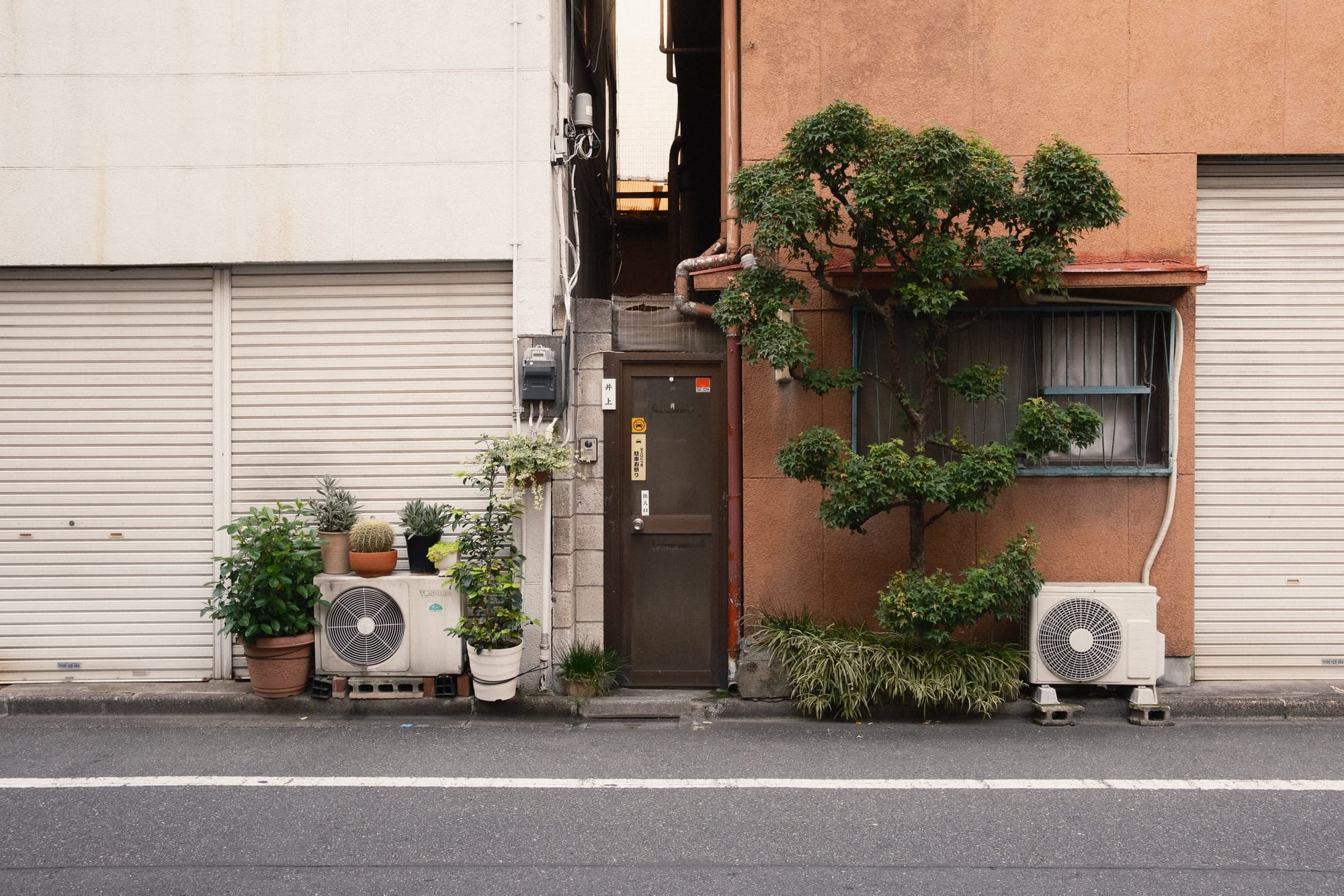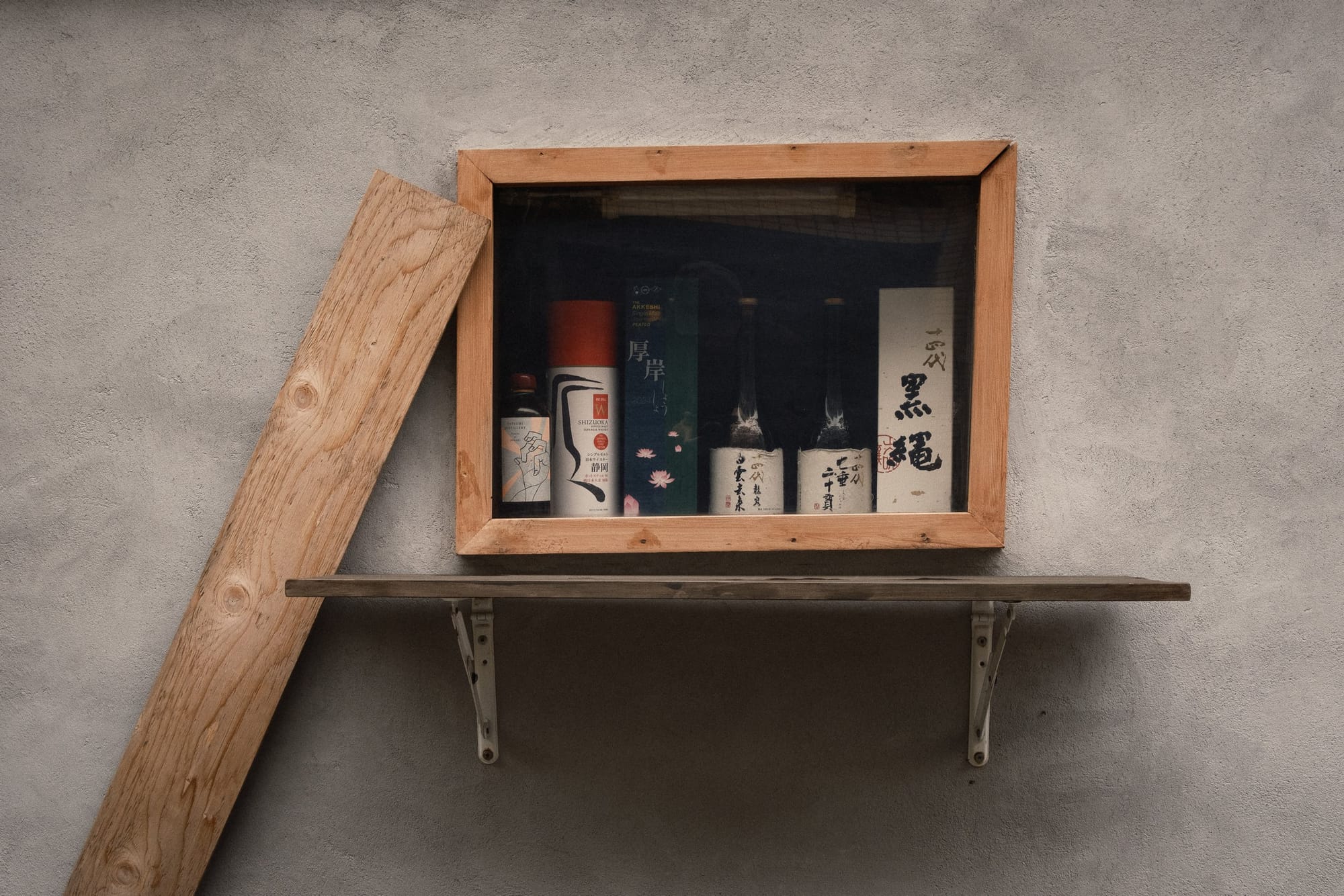Looking Inward & Photographing the Mundane
Cody Schultz reflects on winter as a time for introspection, examining his creative journey and encouraging readers to embrace the season's quiet for personal growth.

We Begin in Winter
A Time for Introspection
Don’t you see how everything that happens is always a beginning again…? — Rainer Maria Rilke
After weeks of unseasonably warm temperatures, Pennsylvania has finally seen its first snowfall of the year.[1] A light dusting, the ground still too warm to collect the flakes. Too bad—I would have appreciated the change in scenery, if only for a moment. Instead, we are back to witnessing the last of the fall color as it slowly fades. The season of the sticks is almost upon us. But not yet. There’s still time.
As winter begins its descent, I begin to reflect—on the past year, on my life as it currently stands, on my path moving forward. Anyone who listens to Creative Banter will know that this state of reflection is nothing new, that I have been stuck here for quite a while now. Still, winter brings these reflections to a new level. Perhaps there’s a correlation between the darker days and a mind that desires a sort of hibernation. Either way, there is a choice to be made in such times as these. Do we embrace the cold, or do we hide away until the ground thaws?
In July 2022, Jeffery Saddoris and Sean Tucker spoke on the idea that we begin in winter. Sean said:
Many believe the year starts in spring; but cultures who believe it starts in winter, and ends in harvest, are closer to the truth. We don’t come out of the womb and go straight into prosperity. We need time to be bad, to fester, to grow—that’s winter.
Over two years on, these words continue to ring through my mind.
There’s a lot of truth to what Sean says here. For one, winter has long been a time of rest and relaxation. Hibernation. A time where the crops have been harvested and the fields need little in the way of work. Increased downtime allowed for deeper introspection. Now, however, we are faced with a need for constant productivity. The industrial revolution drastically altered our lives as a collective. If we aren’t doing something, we are wasting our lives, our potential. We may as well be dead, or so they make us feel.
Various authors have caught on to this trend and have begun fighting back against the hustle culture exacerbated by social media influencers like Gary Vaynerchuck. Cal Newport, in his latest book Slow Productivity, believes we need to look toward the Slow Food Movement of the 1980s, claiming that any sustainable change “requires providing people with an enjoyable and life-affirming alternative.” Meanwhile, in Four Thousand Weeks, Oliver Burkeman wrote, “The world is bursting with wonder, and yet it’s the rare productivity guru who seems to have considered the possibility that the ultimate point of all our frenetic doing might be to experience more of that wonder.”
Few of these authors, however, touch on the key component which has been stripped from us: our ability to grow, without fear of repurcussion. This is vital, there being no worry that we will be seen as lazy or as doing nothing at all. After all, even when meditating, we are often doing more than when we appear to be going nonstop.
When I first set out to “be a photographer,” I wanted little more than to be successful in the fashion industry. To spend my days photographing beautiful women in exotic locations was a teenage boy’s fantasy. As I grew older, an appreciation for nature resurfaced, veiled since childhood weekends spent at the family cabin, and I set aside my fashion photography dreams. Although the genre changed, I still yearned for success. But what does that word mean? The answer changes from person to person, of course, but for me, success meant gallery exhibitions, traveling the world, and selling prints of my art for thousands of dollars. Clearly I knew little of how most nature photographers make money, let alone live.
What I find most fascinating, looking back, is how firmly I believed I would be quick to reach prosperity. Although I had just “come out of the womb,” I thought I would see fame and fortune within a few short years. An innate talent would boil to the surface and my name would shoot to the top, like some sort of photographic Mozart. My naïve mind didn’t taken into consideration, or even believe in the idea of, slow growth. Though I didn’t recognize it as the cause, this almost ruined my love for photography.
I’m thinking of my path forward, questioning every and any potential direction. I have been stuck in this cyclical state for at least two years now. Far too long. The questioning has only worsened. There are no clear answers in sight. Nor should I expect there to be. To live an artistic life is to live in uncertainty. For some, it is also to live in duality—or, triality, depending.
Triality, as in a confliction of three distinct elements. Writing. Photography. Living. Which takes precendence? Of the three, which do I identify more with? Does any of this matter? No, of course not. But that line of thinking is a slippery slope, one which quickly leads to Nihilist tendencies. Even the constant rumination of my path is dangerous, especially given my depression and predisposition toward seasonal affective disorder during the winter months.
Given the state of the world, what with artificial intelligence (AI) taking over and replacing all the wrong jobs, I question—or, rather, the Nihilist in me questions—whether there is even a point to sharing the photographs I make. At some point, will people even believe the photographers who claim their work is untouched by AI? Will it matter? And what of essays like this? Humans are storytelling creatures—we are unlikely to stop, but if the market is saturated, more than it curently is, will we even have a leg to stand on?
All of this thinking makes me wonder, too, whether I would question my path forward if it weren’t for the need of a public website.[2] If I made my photographs strictly for my own enjoyment, wrote my essays simply as a way of contemplating (complex) ideas, would I still ponder the path I walk upon?
Winter is the time for growth, for instrospection. The crops have been harvested and the fields are not yet sown. As we enter this season of the sticks, how will you use this time to your benefit?
I must say, I find this phrasing odd, as this is not the first snow of 2024. And since it is not yet winter, I cannot say “season.” For now, the above phrasing must stand, despite its bothersome nature. ↩︎
Need is an interesting word to use here, particularly because nobody is forcing me to have and maintain a platform of any sort. I could disappear tomorrow, drop all lines of communication, and very few would notice, let alone care. A part of me is reassured by this. Another wishes to do it. ↩︎

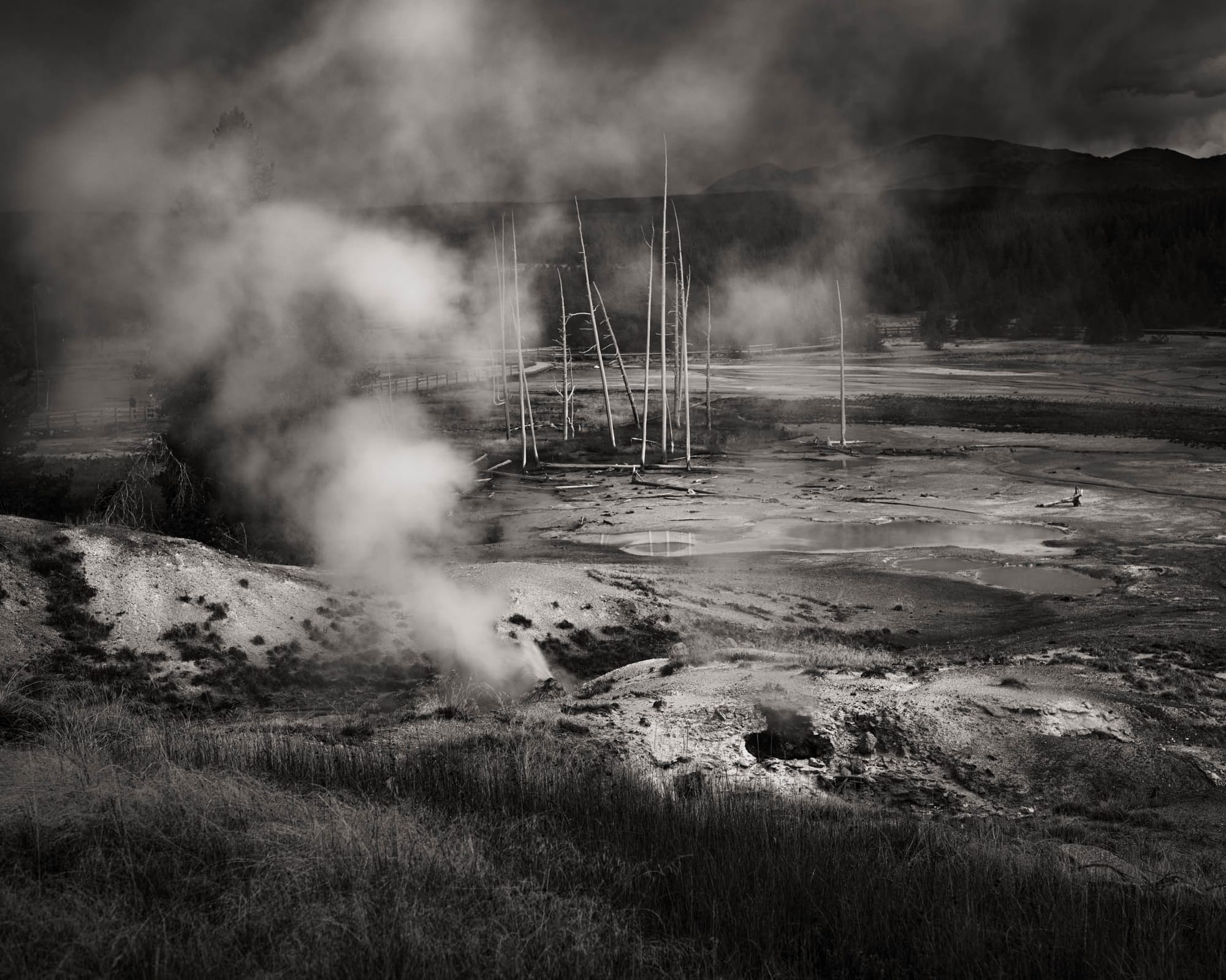

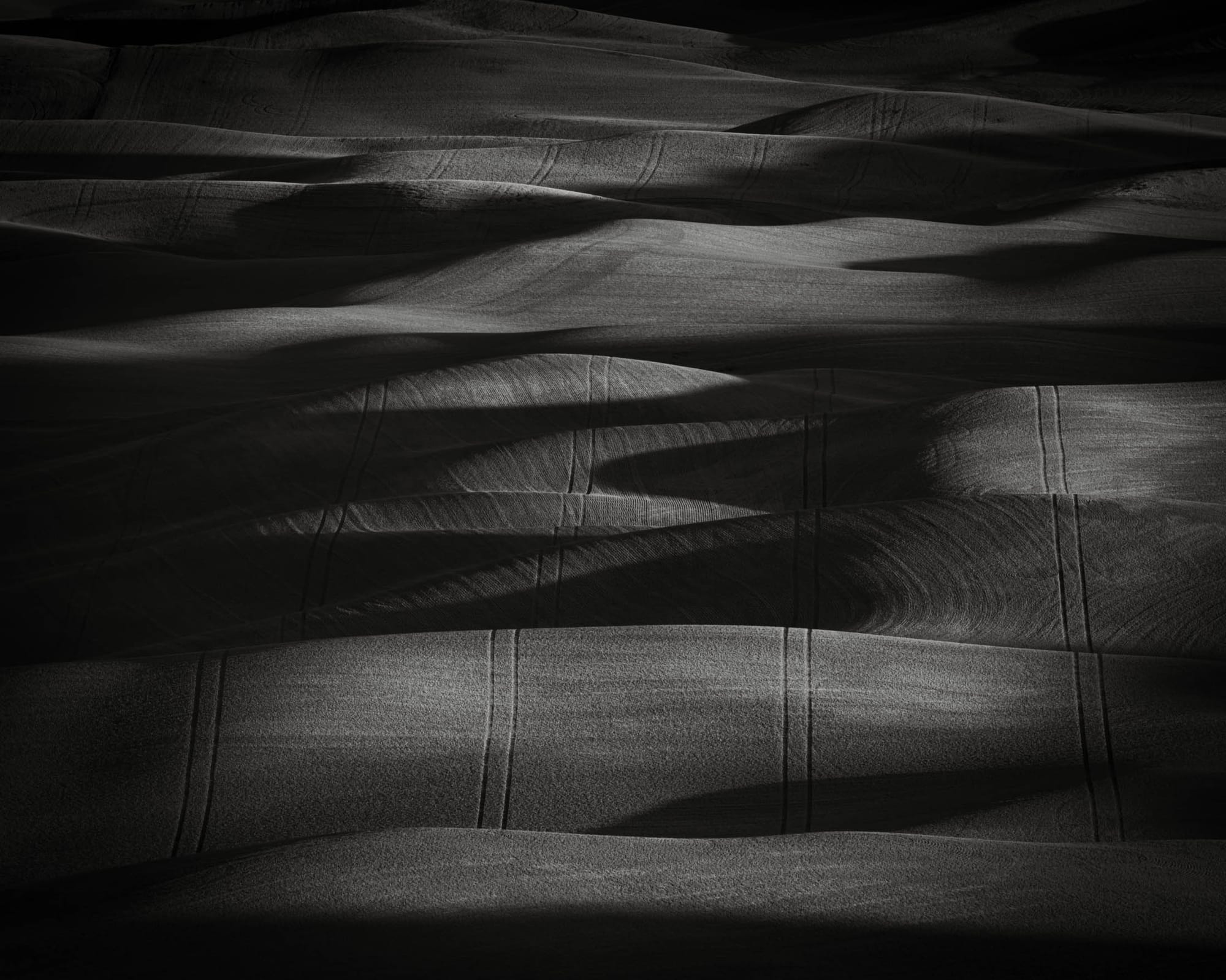
Featured Photographer
My personal fascination with Japan began in the 7th grade, where I learned a bit about samurai, zen gardens, and torii gates. At the time, I was more interested in my female classmates than in the long-dead warriors. Yet, the seed was planted. Over the course of the past fifteen years, this seed began to grow roots of a rather firm nature. And in 2022, a stem popped out of the metphorical earth and a flower blossomed. Since then, my obsession with Japan has only grown. So, when I saw that Brian Lackey went on a 12-day excursion through the country, I had to tune in and learn more.
Brian’s trip consisted of visits to three main cities: Tokyo, Kamakura, and Morioka. While there, he didn’t resolve to visiting the usual tourist traps. Instead, he found himself walking many, many miles each day as he observed the various street-level affairs surrounding him. He photographed not only the interesting still scenes but also the people, both from close and from afar. Testing his patience, he composed a scene and waited for that special element to enter the frame; testing his photographic capabilities, he asked people if he could take their portrait, despite the language barrier.
Looking through his photographs from the trip—as well as the B-side images, available if you support his Patreon—what I most appreciate is his ability to see Japan for its everyday beauty. He shows the country as more than its temples, shrines, and Mt. Fuji lookouts. In a way, he shares the beauty in the mundane. A simple lamp tucked in the corner of a room—a hotel, perhaps?—becomes an object of intrigue. A covered, abandoned vehicle, surrounded by nature, becomes an object of mystery. Books hidden behind textured glass, their contents unknown, ask more questions than they provide answers.
With seeming ease, Brian once again achieves his primary goal of creating projects about place.
You can see more of Brian’s work on his website, YouTube channel, and his (new) Patreon page.

